Public participation in planning and urban design has a long history that can be traced back over the past century to seminal figures in planning, including Sir Patrick Geddes and Ebenezer Howard.
By:
- Associate Professor Melanie Davern
- Associate Professor Verity Cleland
- Dr Kim Jose
- Dr Yvonne Laird
- Dr Samantha Rowbotham
- Professor Anna Timperio
- Lynden Leppard
- Kate Garvey
- Dr Subhash Koirala
Today, the most basic models of participatory planning seek community input in decision making and, in Victoria, legislation ensures community engagement in local government strategic planning.
One of the main aims of participatory planning is for decision makers and residents to work together to identify priority issues of concern that can be addressed through policy and planning.
However, despite global technological developments over the past 30 years, most governments continue to rely on traditional methods like surveys and town hall meetings to get resident input in decision making.
The online resident survey is often the most advanced use of technology with low levels of participation.
New methods of engagement that allow for meaningful participation are needed to support resident involvement in effective decision making, and we argue that citizen science provides new opportunities to support resident and government partnership in planning.
Although it has been used for over a century, it has great potential as a participatory planning method that supports community and government collaboration to improve urban design and health outcomes.
